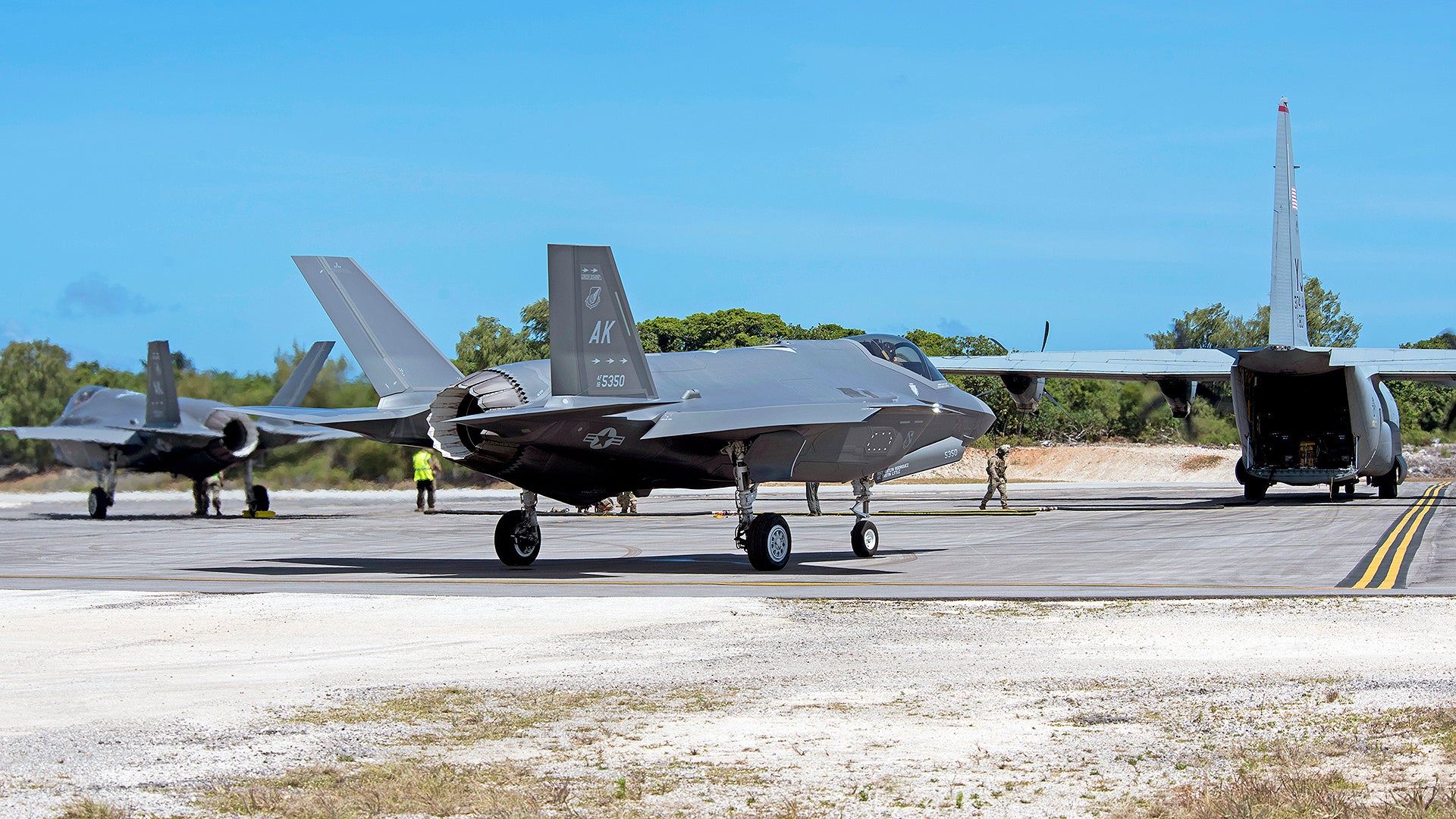For the first time, the U.S. Air Force has introduced fifth-generation F-35A stealth fighters to its concept of austere airfield operations in the Pacific. The exercise took place on the island of Guam where the Joint Strike Fighters were joined by F-16s in operating from an austere airstrip at the northwest end of the island. The exercise was a major component of a larger emerging initiative that looks to provide dispersed operating locations that can be accessed by Air Force combat aircraft during a crisis. The new strategy is largely a result of the growing threat posed by ballistic missile attacks in the Pacific theater.
At least four F-35As assigned to Eielson Air Force Base, Alaska, landed at Guam’s Northwest Field on February 16 as part of an Agile Combat Employment (ACE) exercise. The Eielson jets — which have deployed away from Alaska en-masse for the first time — are in the region to take part in the wider Cope North 21 maneuvers, which are taking place out of Andersen Air Force Base, Guam, and also involve regional allies, including the Japan Air Self-Defense Force (JASDF).
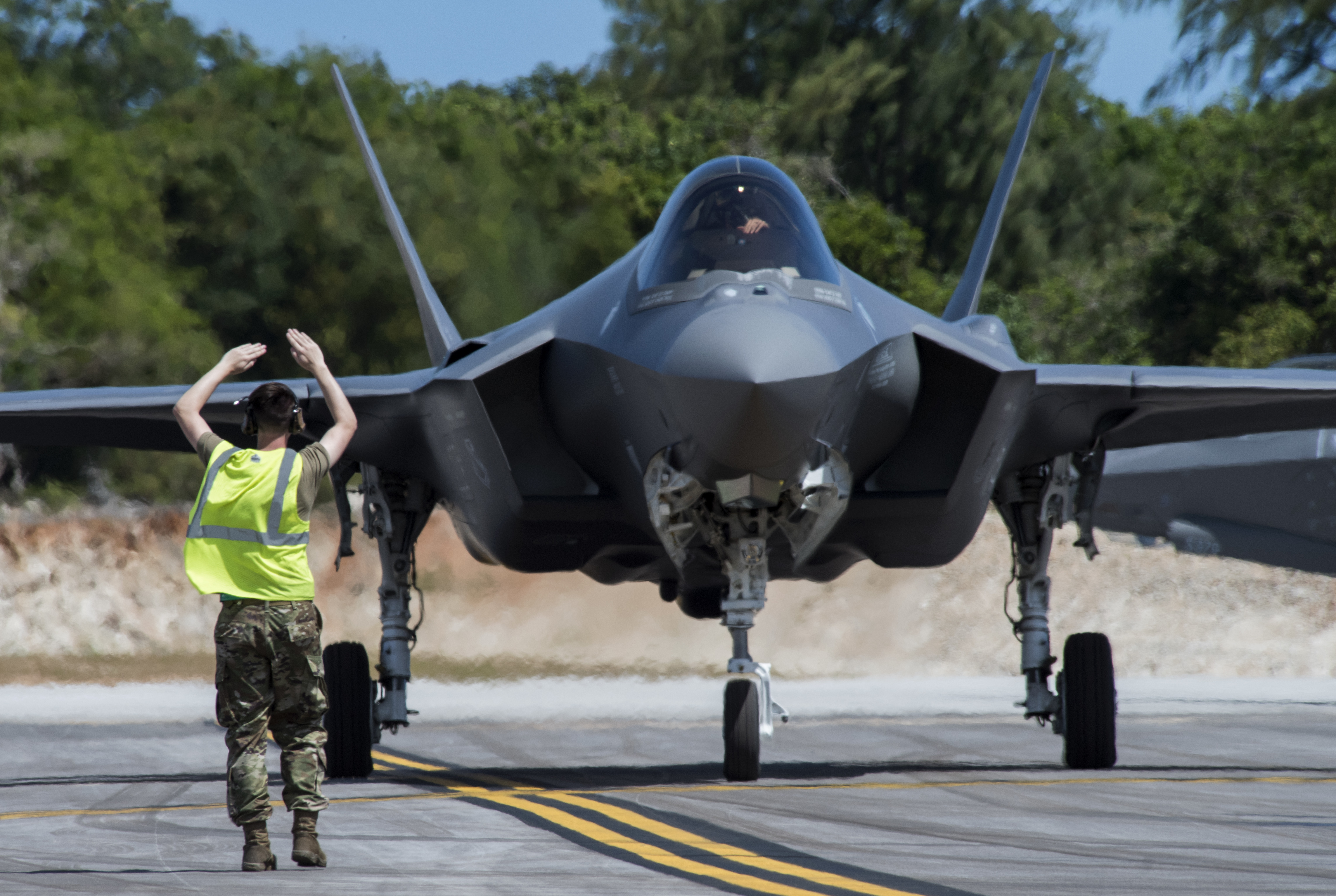
After touching down at Northwest Field, the Lightning IIs participated in “hot pit” refueling, in which the jets were topped up at the austere base with their engines still running. As well as using R-11 fuel trucks, the F-35s were refueled by a C-130J transport aircraft assigned to the 36th Airlift Squadron at Yokota Air Base, Japan.
According to an Air Force press release, “ACE is the new warfighting concept that Pacific Air Forces is operationalizing to ensure agility, deterrence, and resiliency in a contested or degraded environment.”
Part of that planned resilience is finding alternative runway facilities in the Pacific region, bearing in mind that established bases could be wiped out by ballistic missiles — or by other means — during a conflict with China, for example.
In any war with the United States, Andersen Air Force Base would surely be among China’s highest-priority targets. Indeed, a People’s Liberation Army Air Force recruitment video last year even showed bombers launching a mock attack on this base.
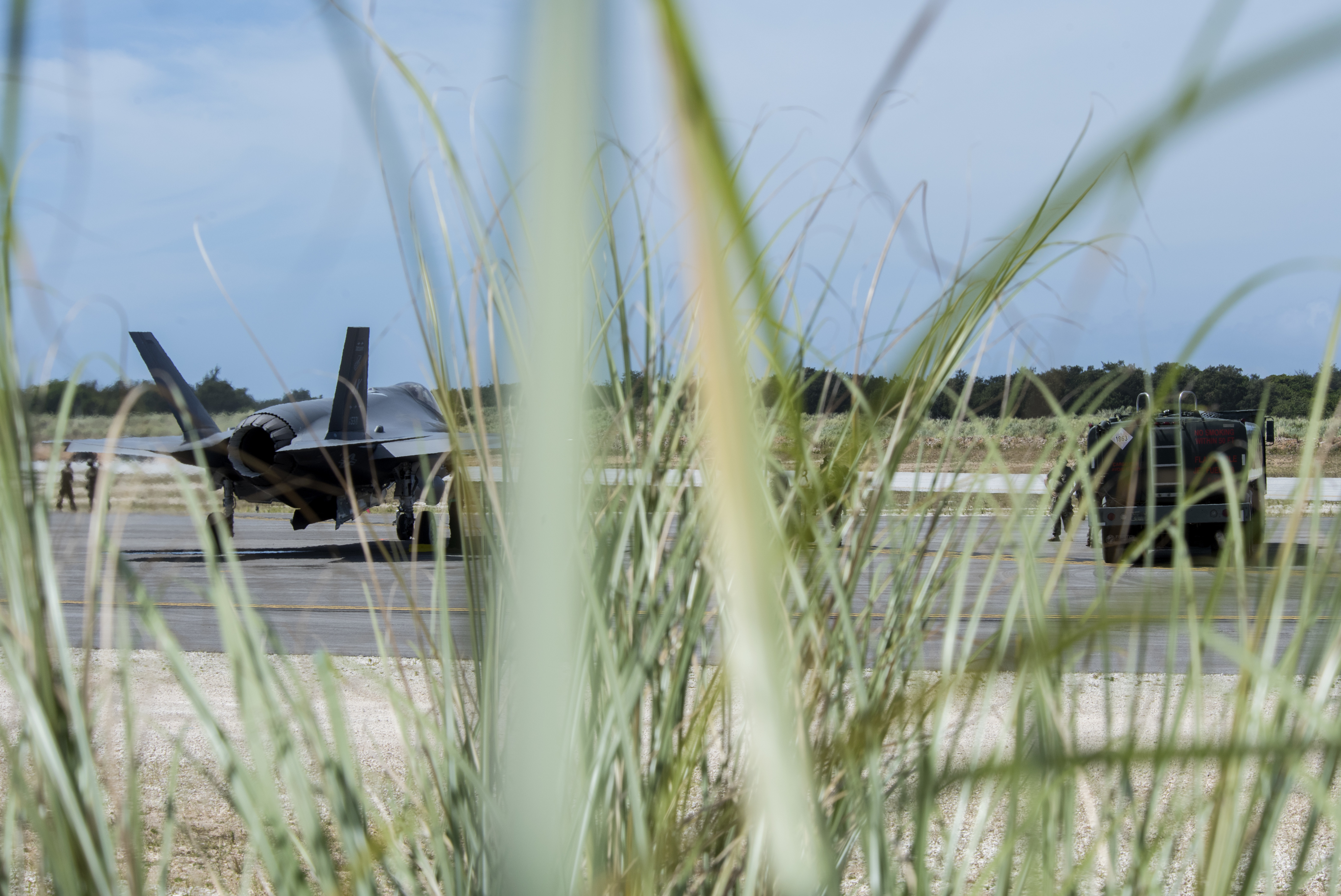
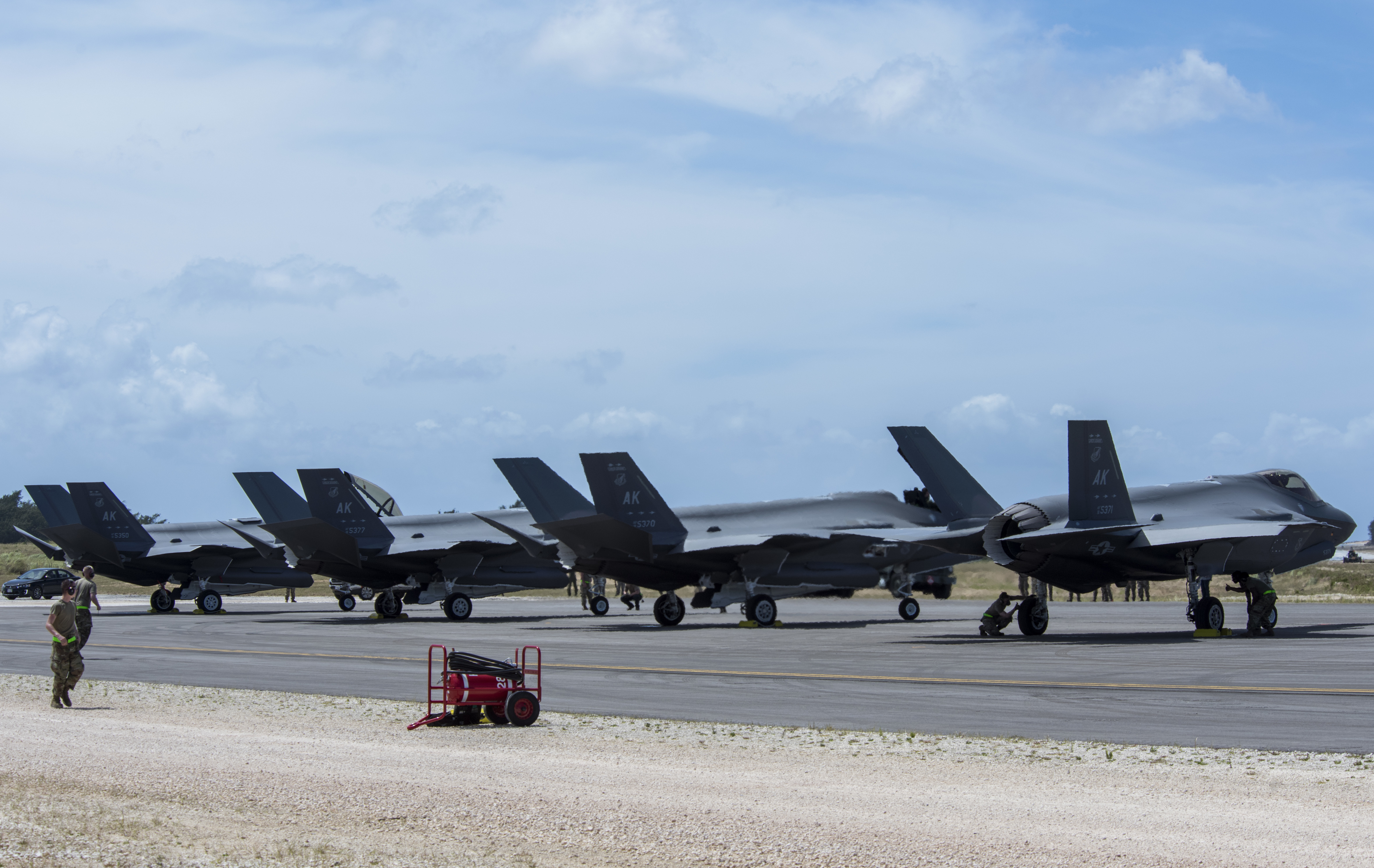
As a result of Andersen’s vulnerability, the Air Force has been looking at alternative options, including forward bases at Wake Island and Tinian Island.
Last month, The War Zone reported that Northwest Field would be hosting both F-35s from Eielson Air Force Base and F-16s from Misawa Air Base, during the annual Cope North exercise. Previously, the airfield had been limited to infrequent operations by C-130s and helicopters.
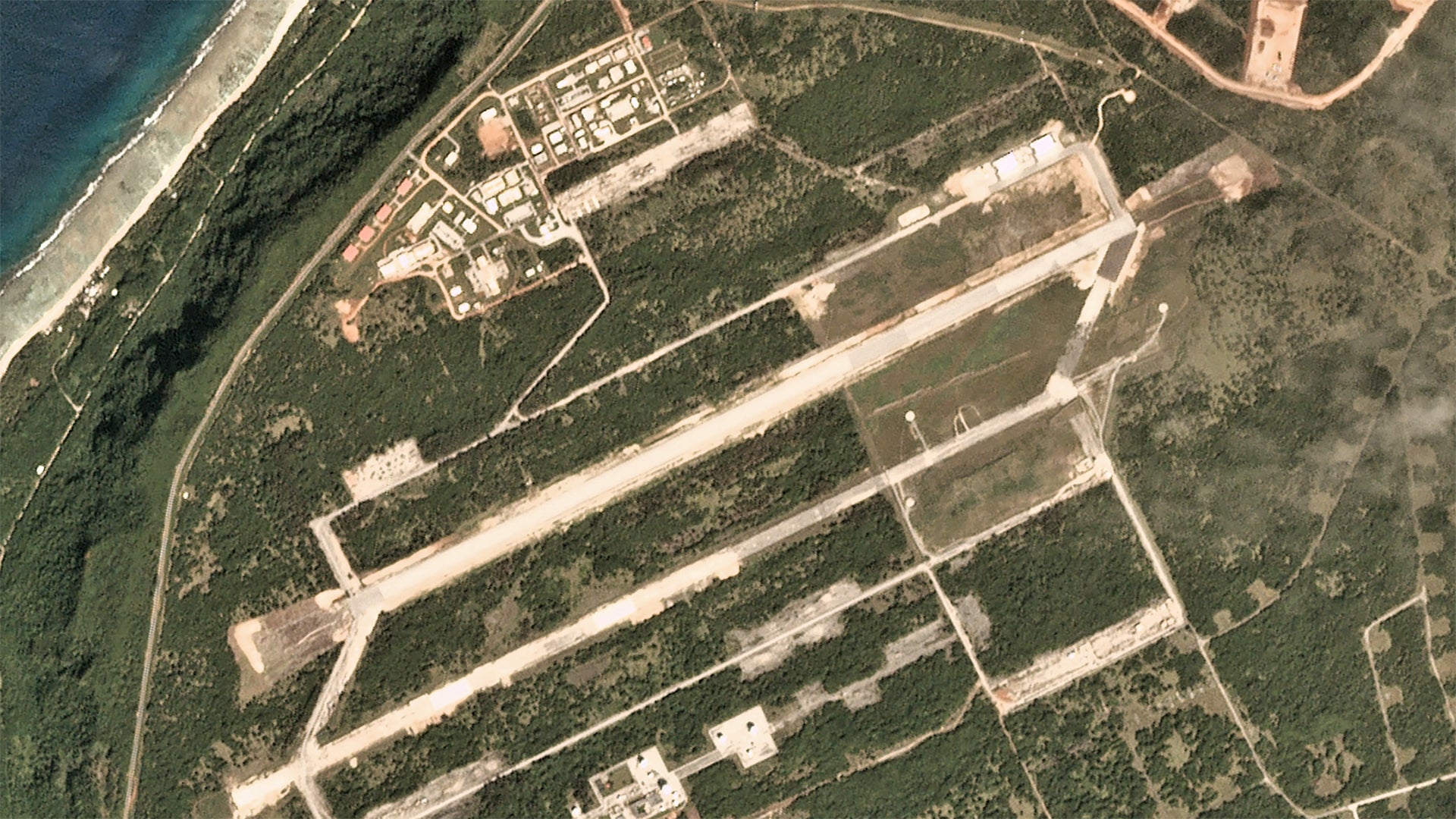
The fact that Northwest Field has now been lengthened and equipped with an emergency arresting gear system is significant as if the fact it is now able to support the F-35, at least on a temporary basis. This aircraft, in particular, has highly specialist infrastructure and maintenance demands. For example, the jungle airstrip lacks even basic hangarage for the deployed aircraft, meaning any kind of maintenance work has to be carried out in the open air.
It is notable that the U.S. Marine Corps is also starting to embrace austere operations for both its short takeoff and vertical landing (STOVL) F-35Bs and its F-35C carrier-capable variants. In December last year, Marine F-35Cs demonstrated their expeditionary capabilities for the first time at the Marine Corps Air Ground Combat Center in 29 Palms, in a series of maneuvers you can read all about here.
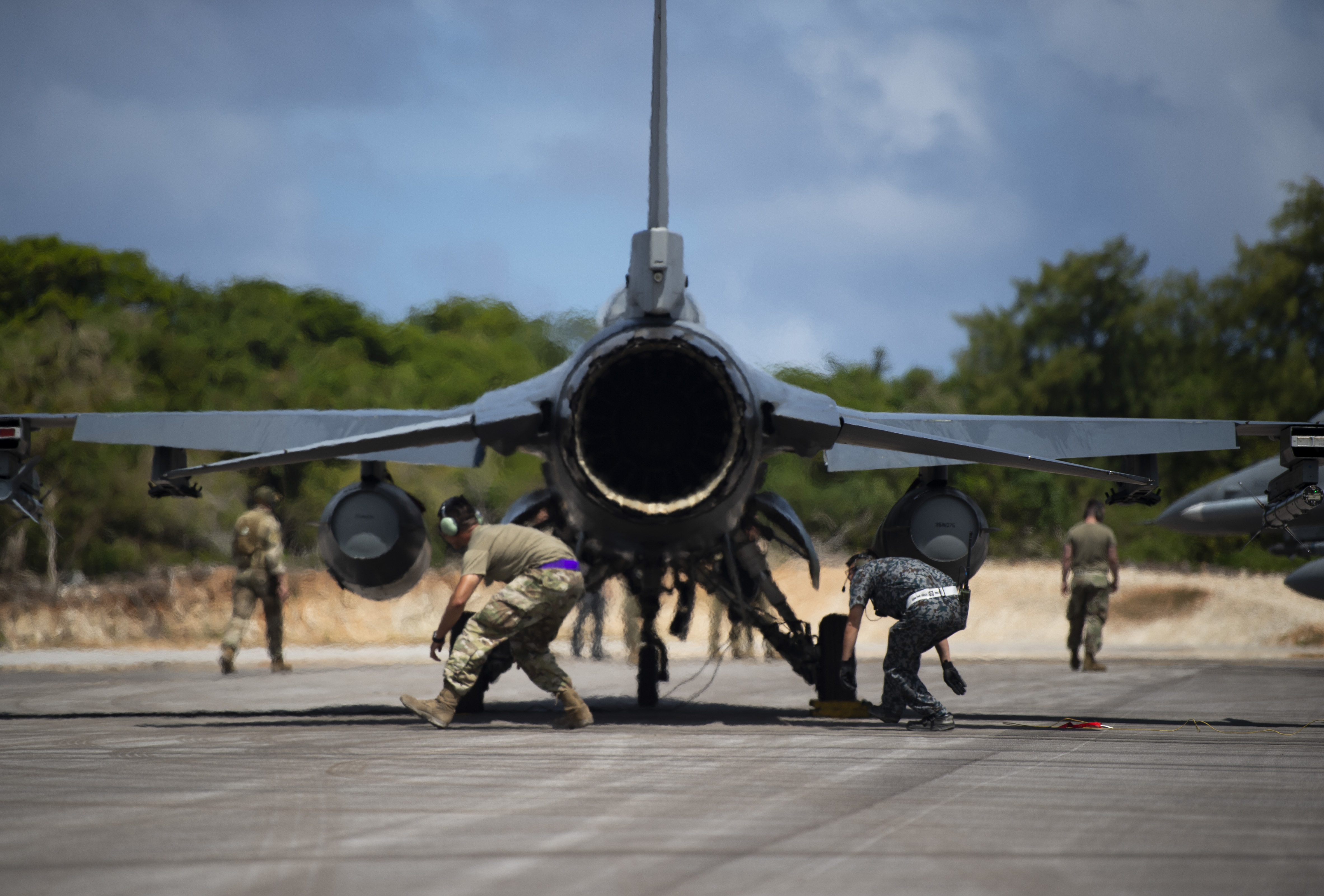
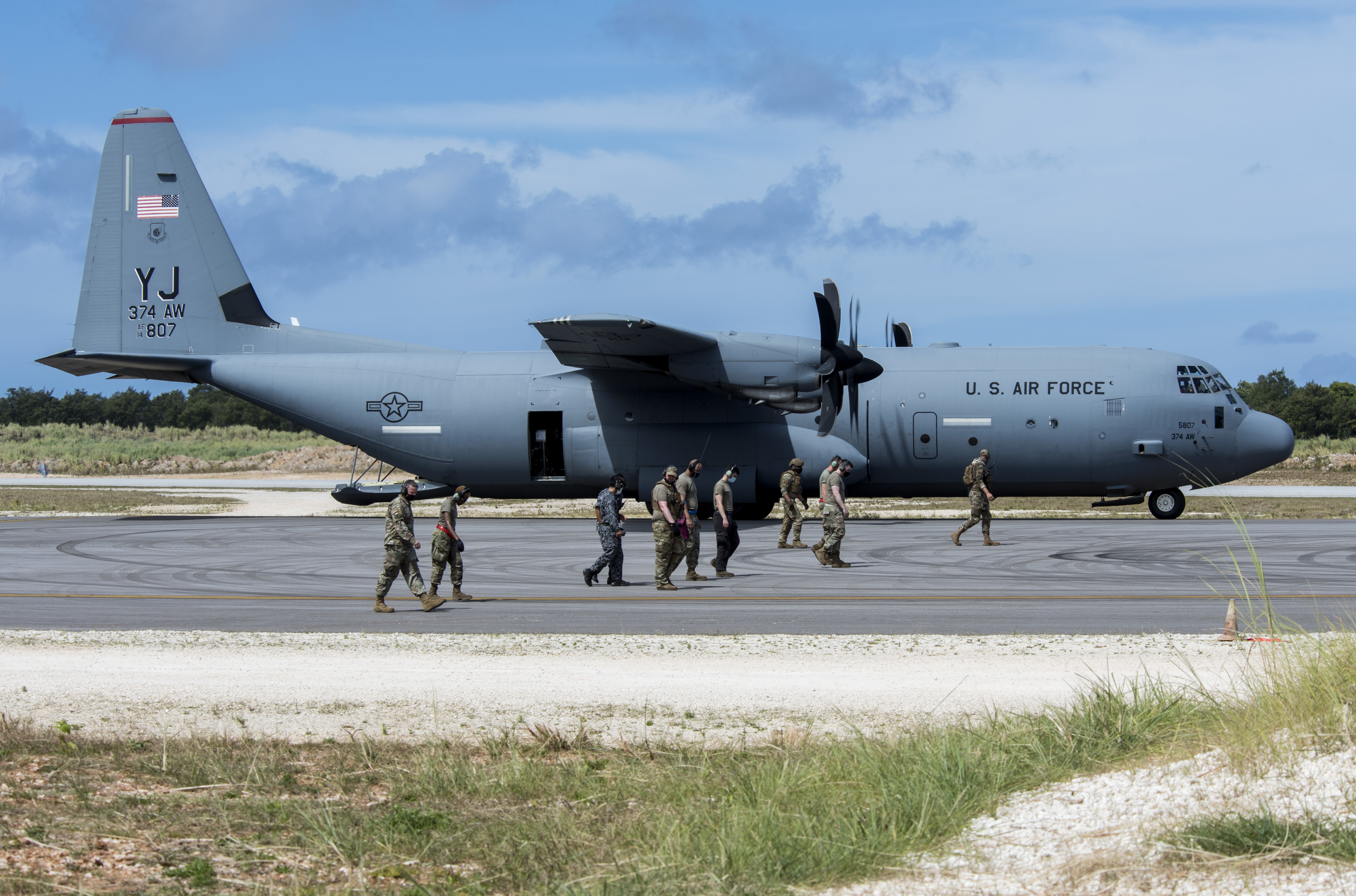
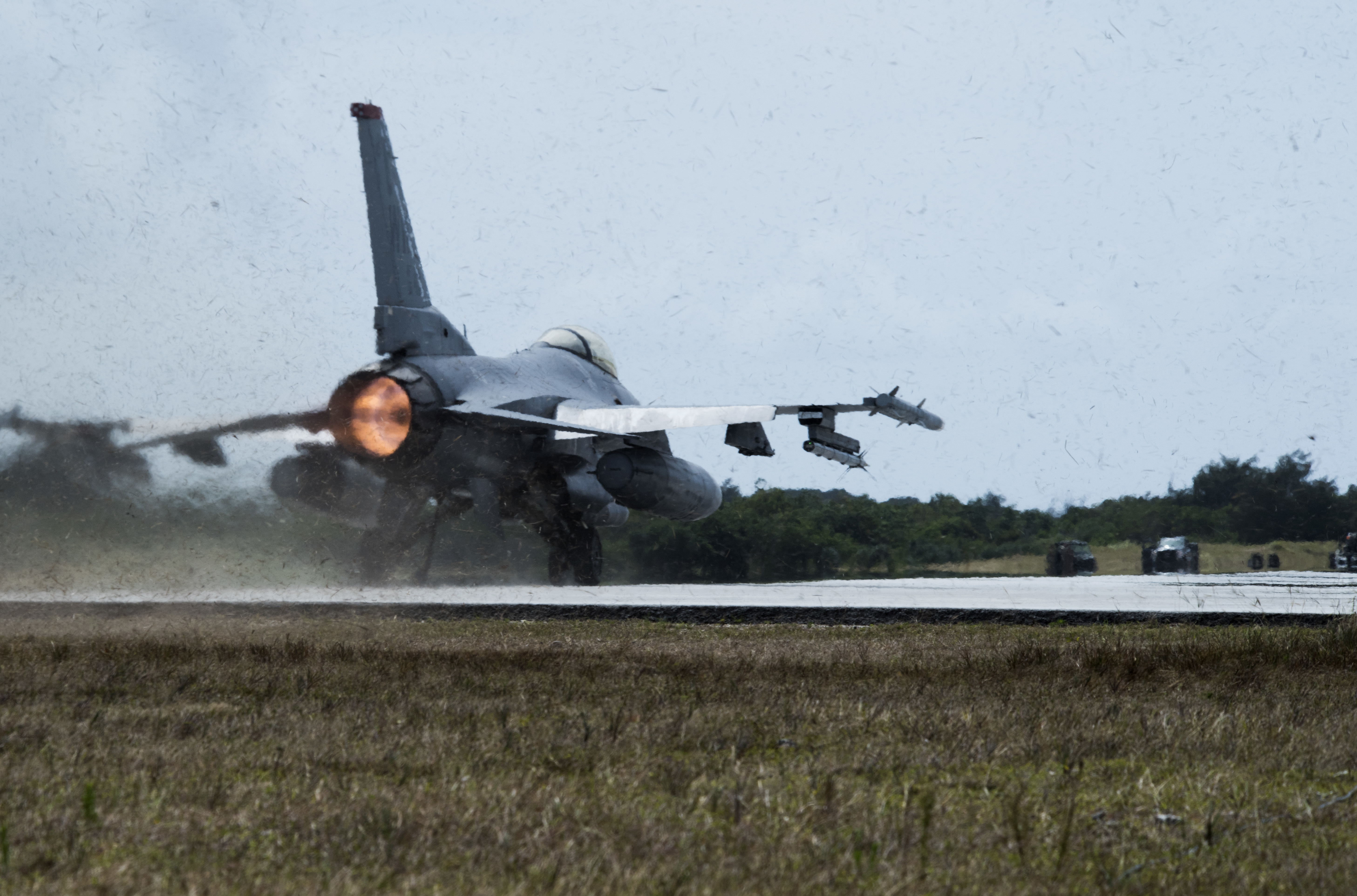
As for Northwest Field, this is not the only location in the region where we might see ACE tactics practiced. The concept has been tailored for the wider Pacific theater and is intended to make aircraft deployments more agile and less predictable, with small packages of aircraft flying from austere locations, and potentially moving on again quickly. All this is expected to boost survivability in case of hostilities with China, or another regional power. It also makes defending against U.S. and allied forces far more problematic.
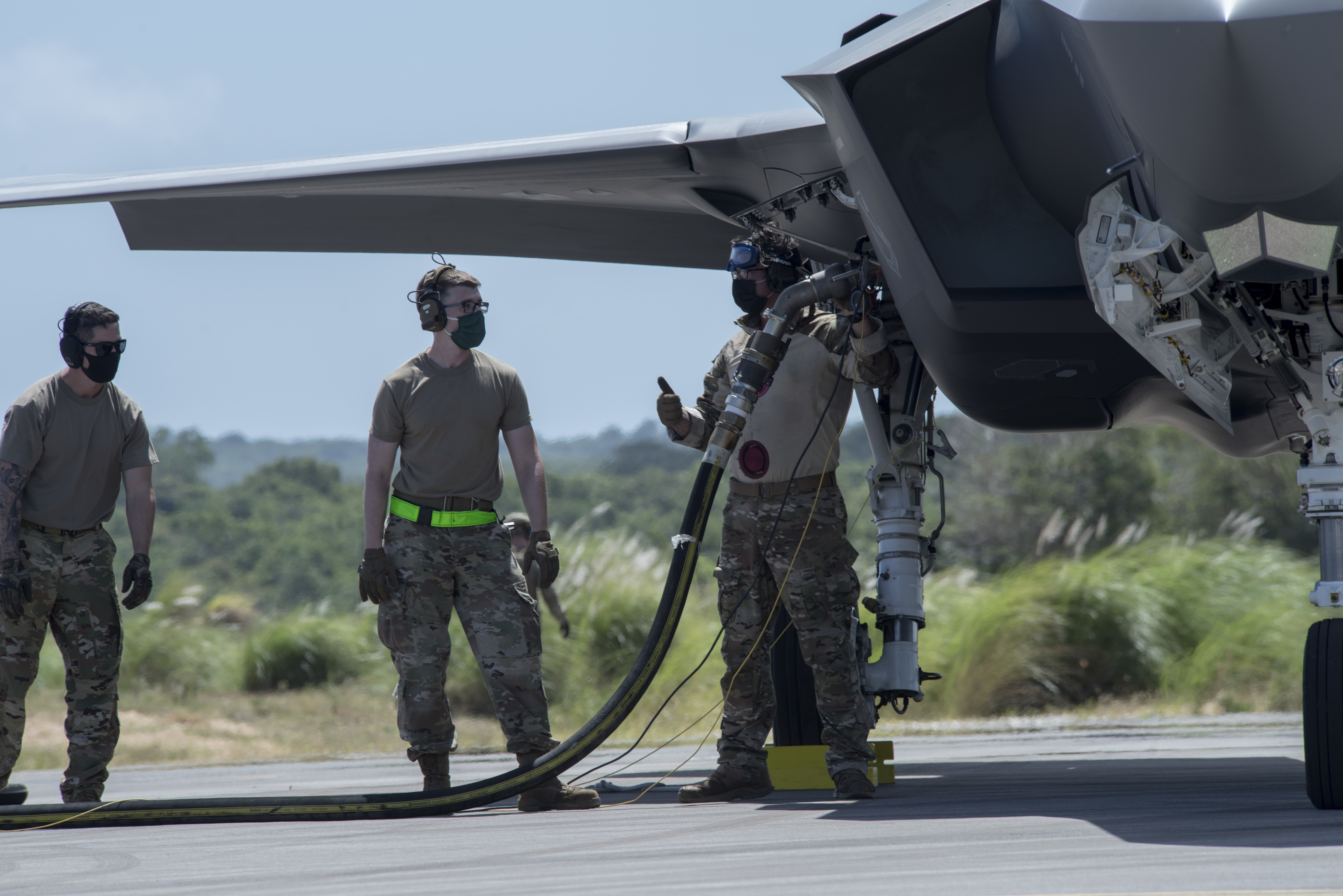
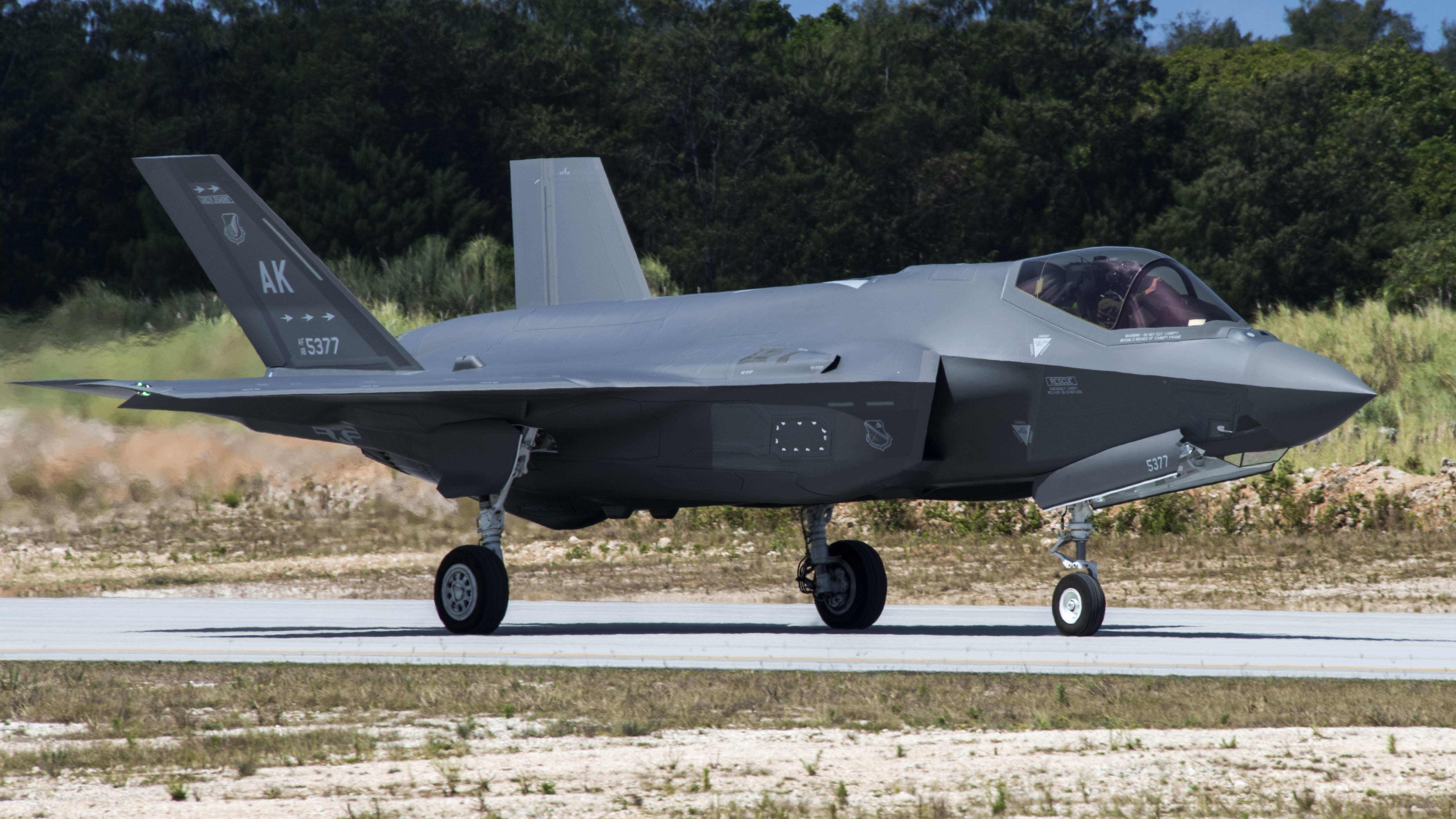
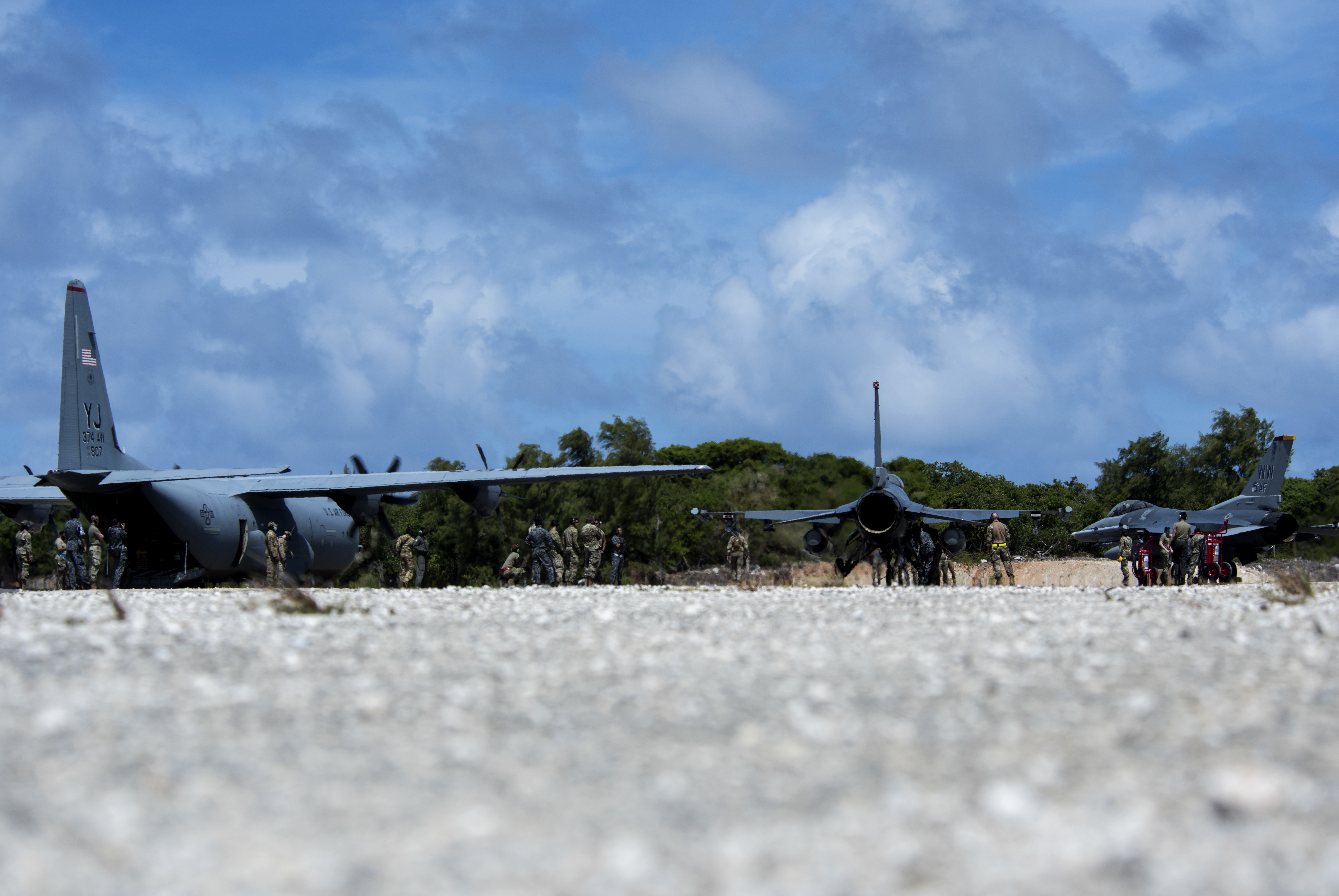
Beyond the airfield now being used for austere operations exercises, the jungle-encircled Northwest Field is of considerable importance — THAAD missile batteries that defend against ballistic missile attacks on the island are based there, as well as major satellite communications nodes, among other important facilities.
It is very likely that Northwest Field will be used more regularly for austere operations drills like this and the fact the Air Force is now testing its latest fifth-generation fighters here is more evidence that the ACE concept will play an increasingly high-profile role in the Pacific theater in the future. Furthermore, going forward the remote airfield will offer a very useful alternative to the sprawling Andersen Air Force Base’s runways during a major crisis.
Contact the author: thomas@thedrive.com
